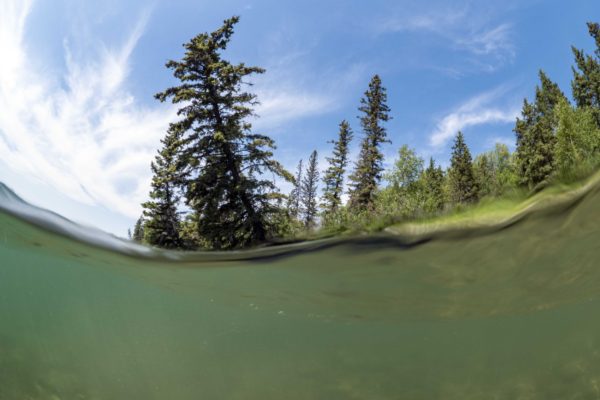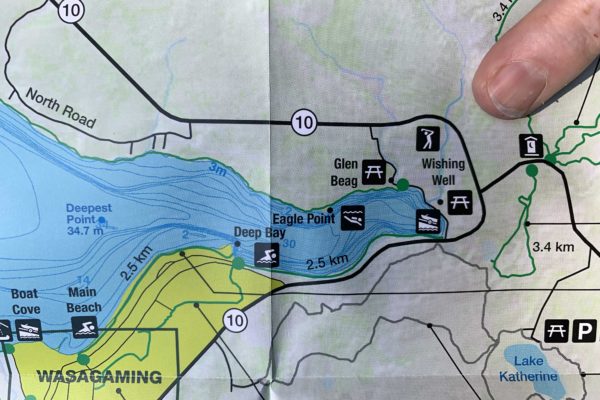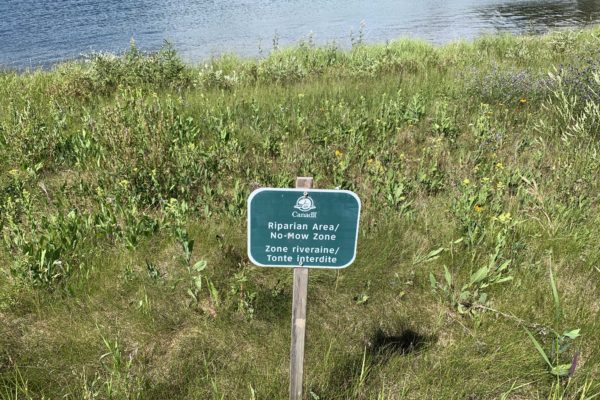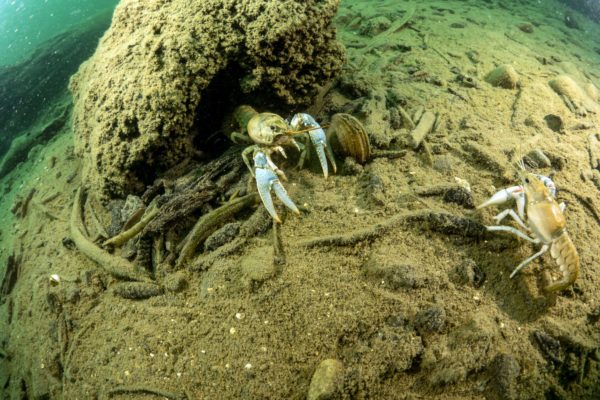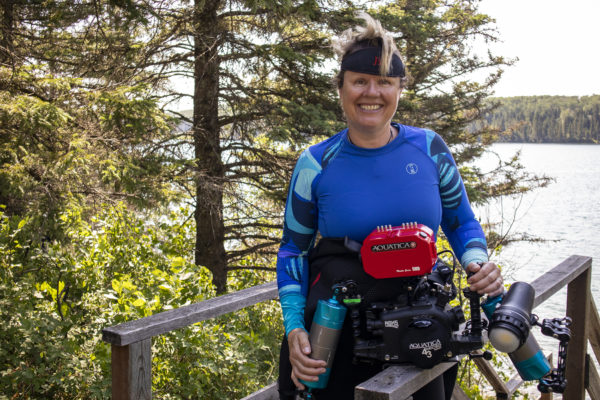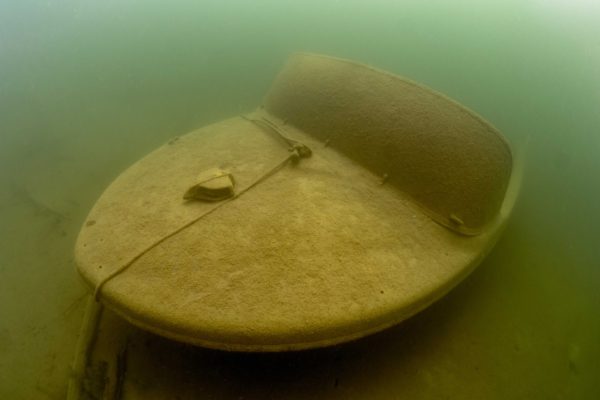It is flat as a pancake where the TransCanada and the Yellowhead Highway connect. Mustard color canola fields meet Wedgewood sky punctuated by grain silos and wooden poles that run along empty steel rails servicing distant family farms. Wheat Kings riding John Deere chariots bring in summer hay and leave contrails of dust drifting over oceans of grassland. Six years ago, my husband Robert and I rode our bicycles through the prairies. We were halfway along our journey from coast to coast.
 “The Prairies are boring!” Everyone said. “I bet you can’t wait to get through the flatlands.” But nothing could be farther from the truth. The prairies are unique from the rest of Canada’s geography. We experience every part differently, depending on how we travel through it. Ride the Prairie Provinces on a bike, and you will never forget the dark skies as a thunderstorm fills the universe and a crosswind threatens to throw you off the road. Sit in an air-conditioned car isolated from the wispy rhythm of wind through the wheat, and you miss an element of what it is to live here.
“The Prairies are boring!” Everyone said. “I bet you can’t wait to get through the flatlands.” But nothing could be farther from the truth. The prairies are unique from the rest of Canada’s geography. We experience every part differently, depending on how we travel through it. Ride the Prairie Provinces on a bike, and you will never forget the dark skies as a thunderstorm fills the universe and a crosswind threatens to throw you off the road. Sit in an air-conditioned car isolated from the wispy rhythm of wind through the wheat, and you miss an element of what it is to live here.
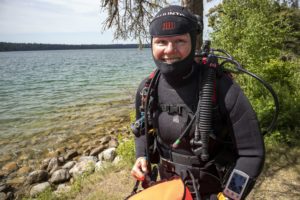 Nobody would ever plan to go on a diving expedition in Canada’s breadbasket, but that is why I’m here. I’ve learned that every corner of Canada has a unique water story. This week I will complete my goal to dive and tell water stories from every province and territory of my homeland. But it is not the end of the journey; merely one more way in that I deepen my love affair with Canada. If I never left this country, I would still have a lifetime of explorations to complete here.
Nobody would ever plan to go on a diving expedition in Canada’s breadbasket, but that is why I’m here. I’ve learned that every corner of Canada has a unique water story. This week I will complete my goal to dive and tell water stories from every province and territory of my homeland. But it is not the end of the journey; merely one more way in that I deepen my love affair with Canada. If I never left this country, I would still have a lifetime of explorations to complete here.
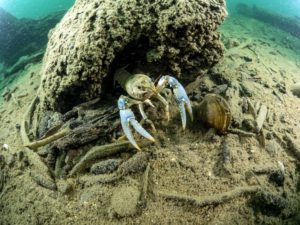 Before leaving Winnipeg, I stop to pick up a couple of scuba tanks for the trip. The kind employee at the dive store lets me know that not many people come to Manitoba to dive. Most of their customers are new to diving, eager to earn their certification so that they can travel elsewhere. Most locals take their certification dives either in the tropics or in the warmest summer months at West Hawk Lake near the Ontario border. I choose to head in the opposite direction, eager to dive in a place that few have visited. I head west-northwest to Riding Mountain National, a real gem and active holiday destination about 3.5 hours from Winnipeg. Like many of Canada’s national parks, this one has an excellent staff dedicated to preserving the natural beauty of the region. They are on the front lines of preventing invasive species from despoiling the wilderness. I check in with the wardens and learn about their disinfection protocols to ensure that I am not importing anything from Ontario that can damage these lakes. One careless boater could easily transport zebra or quagga mussels. Dirty dive gear might bring in an invasive plant that could out-compete the native subaquatic vegetation.
Before leaving Winnipeg, I stop to pick up a couple of scuba tanks for the trip. The kind employee at the dive store lets me know that not many people come to Manitoba to dive. Most of their customers are new to diving, eager to earn their certification so that they can travel elsewhere. Most locals take their certification dives either in the tropics or in the warmest summer months at West Hawk Lake near the Ontario border. I choose to head in the opposite direction, eager to dive in a place that few have visited. I head west-northwest to Riding Mountain National, a real gem and active holiday destination about 3.5 hours from Winnipeg. Like many of Canada’s national parks, this one has an excellent staff dedicated to preserving the natural beauty of the region. They are on the front lines of preventing invasive species from despoiling the wilderness. I check in with the wardens and learn about their disinfection protocols to ensure that I am not importing anything from Ontario that can damage these lakes. One careless boater could easily transport zebra or quagga mussels. Dirty dive gear might bring in an invasive plant that could out-compete the native subaquatic vegetation.
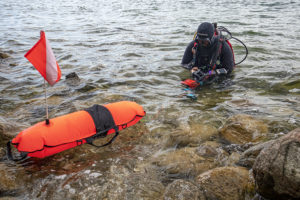 I enter the water at the Glen Beag picnic area where a small wooden stairway leads down to a rocky shoreline. The clear water lapping on the birch and pine-covered shore looks idyllic, so I slip in with my camera to get a sense of the area. Descending in through the shallows, I find a crayfish wonderland and a healthy stock of mussels. Despite not having a brain or eyes, these mussels display an excurrent siphon decorated with papillae that looks like dancing crayfish legs. The crayfish are hanging out under fallen trees and inside dead mussel shells, but they are actively mating, molting, feeding, and fighting everywhere I look. A little deeper, I stumble upon a sunken pleasure boat. Covered in years of undisturbed silt, I imagine that nobody has visited this wreck for an eternity. Freshwater dives are not highlighted by charismatic megafauna. There are no whales, sharks, or colorful reef fish. But for me, freshwater diving is an exciting look into a community of creatures. Every lake and river is different, and every dive tells a story.
I enter the water at the Glen Beag picnic area where a small wooden stairway leads down to a rocky shoreline. The clear water lapping on the birch and pine-covered shore looks idyllic, so I slip in with my camera to get a sense of the area. Descending in through the shallows, I find a crayfish wonderland and a healthy stock of mussels. Despite not having a brain or eyes, these mussels display an excurrent siphon decorated with papillae that looks like dancing crayfish legs. The crayfish are hanging out under fallen trees and inside dead mussel shells, but they are actively mating, molting, feeding, and fighting everywhere I look. A little deeper, I stumble upon a sunken pleasure boat. Covered in years of undisturbed silt, I imagine that nobody has visited this wreck for an eternity. Freshwater dives are not highlighted by charismatic megafauna. There are no whales, sharks, or colorful reef fish. But for me, freshwater diving is an exciting look into a community of creatures. Every lake and river is different, and every dive tells a story.
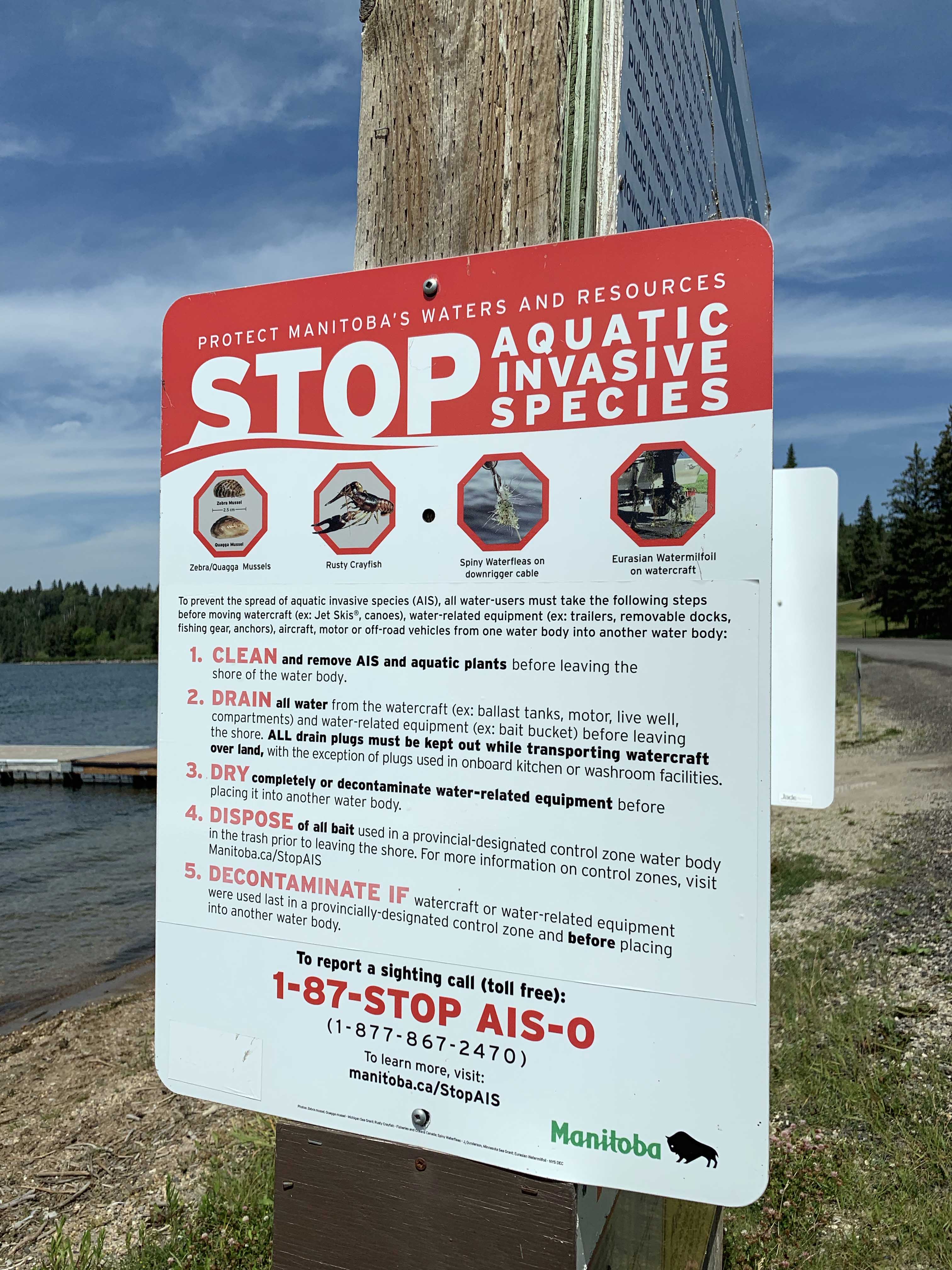
AQUATIC INVASIVE SPECIES FAQ
What is an Aquatic Invasive Species (AIS)?An organism that lives on or in the water that is not native to the region, that introduced either intentionally or accidentally by humans.
How are AIS spread?
Anything that touches the water can introduce AIS including canoes, motorboats, scuba gear, dive flags, ropes, anchors, and bait buckets.
Why do we care about spreading AIS?
These organisms have no natural predators and spread quickly, usually out-competing native species.
What are the effects of AIS on a waterbody?
Problems with AIS include a decrease in water quality, the decline in fish populations, reduced recreational potential, damage to watercraft and infrastructure, and downstream contamination.
How do park rangers prevent the spread of AIS?
• Education and outreach inform people to watch out for AIS and decontaminate their equipment.
• Patrols and decontamination stations at lakes and parks
• Early detection and intervention
• Monitoring programs
What can you do?
• Assist inspectors and comply with regulations
• Clean your boat of plants and organisms
• Pull the drain plug and dump all drain water before leaving the site where you picked it up
• Dry everything before entering another water body
• Dispose of water and live bait before departing a lake
• Report sighting of AIS
• Report sighting of non-compliant boaters
Parks Canada Dispatch Line
877-852-3100
Call to report emergencies or to report people who launch without a permit
MANITOBA DIVE SITES
Riding Mountain National Park
The crystal clear spring waters of Clear Lake provide ample opportunity for diving. The deepest point in the lake is approximately 34.7 m (114 feet) deep. Divers must register for their dives by contacting the Park at 204-848-7275 before completing any dives in the Park. Registration is free. All gear must be dry when arriving at the Park and inspected before entering the water. Riding Mountain has strict disinfection protocols in place for watercraft, dive gear, and even personal flotation devices. Anything that comes in contact with the water must be inspected beforehand to prevent the transfer of invasive species to the lakes and waterways. Divers can enter at Glen Beag Picnic area and no other spot in the Park. This area offers access to the steepest drop-off and deepest water of the lake. This rule is in effect to protect scuba divers from boat traffic, which can be substantial in the summertime.
West Hawk Lake, Manitoba
A meteor strike caused the formation of West Hawk Lake. This beautiful Manitoba lake is known for great beaches and is over 100 metres/300feet deep, Look for plentiful smallmouth bass. Local scuba shops frequently use this site for classes.
DIVING SERVICES:
Underworld Scuba and Sport
1819 Portage Ave, Winnipeg, MB R3J 0G4
(204) 837-9047
Diver City Scuba Inc.
731 St. Mary’s Road, Winnipeg, MB R2M 3N5
204-25-SCUBA
info@divercityscuba.ca
